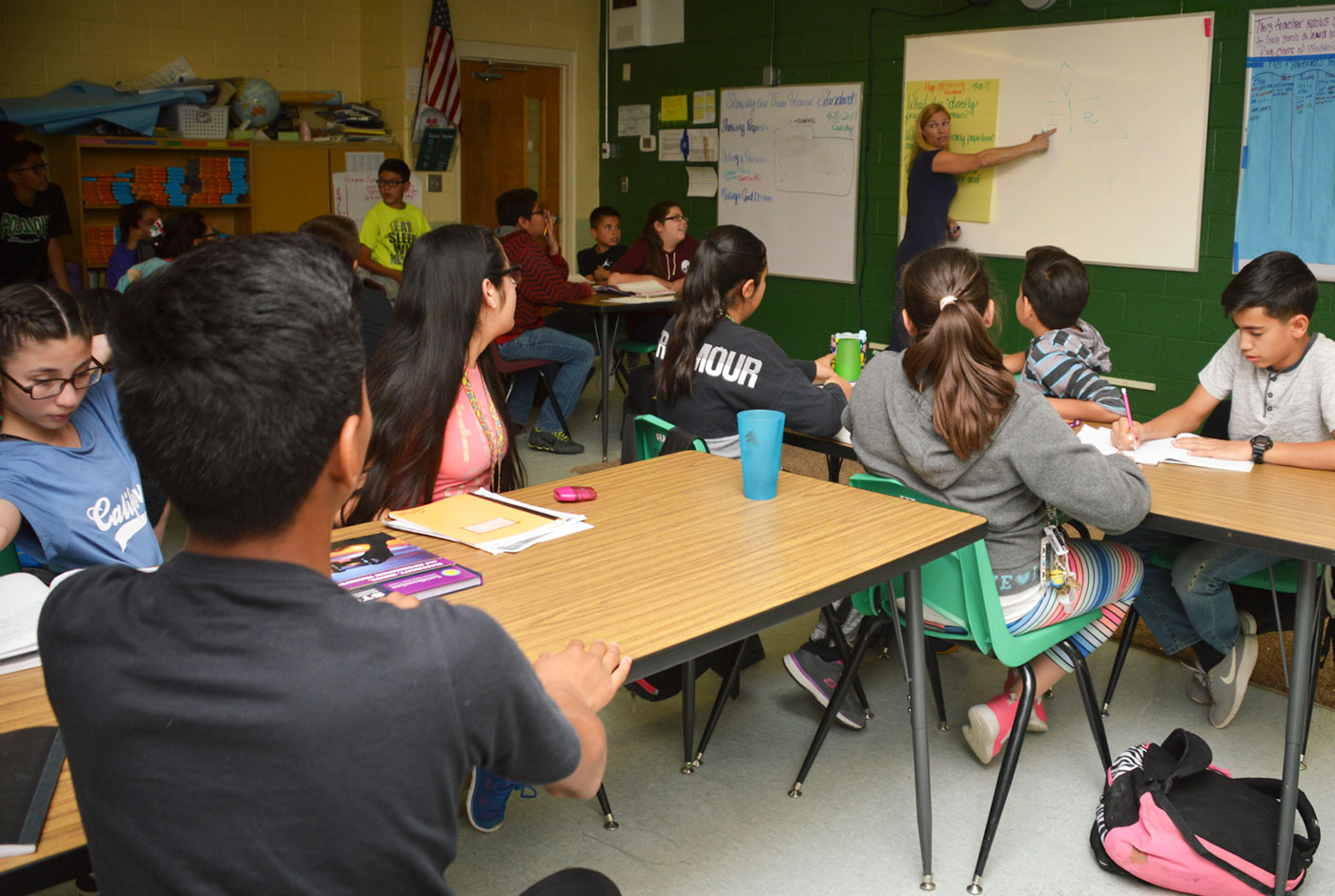New Mexico Needs a Long-term Education Plan
New Mexico is in dire need of a plan for education. Somehow, we have become complacent about consistently ranking near the bottom in the nation. In 2017, New Mexico ranked 49th in Quality Counts, an annual report by the Education Week Research Center. We scored an overall grade of D, which was unchanged from 2015 or 2016. In our New Mexico statewide assessment for school year 2015-16, only 23.4 percent of our fourth-grade students were proficient in math and in 11th grade, only 10.1 percent. We are second to last in the country in high school graduation rates.
Unfortunately, our education discussions have become politicized, because the leadership on reform is held primarily by the Governor’s Office and the appointed secretary of the Public Education Department. The party in control rolls out its initiatives, and the discussion immediately becomes partisan. We spend four to eight years fighting over these initiatives, then a new governor comes in, and we start over. No, or very little, progress is made on the last governor’s objectives. Often the new governor throws out the prior governor’s reform efforts.
It is time to try something different. The New Mexico Business Roundtable hosted an education summit in November that was planned by education stakeholders from around the state: teachers unions, superintendents, education nonprofits, charter school representatives, state government officials, and professional associations representing school boards, superintendents, teachers, principals and business people. All of these individuals are dedicated to improving schools and providing students the best public school system possible. There was much agreement on what needed to be done.
There is a bipartisan bill that could build on that effort. House Bill 340, introduced by Reps. Nathan Small, Stephanie Garcia-Richard and Dennis Roch, and Sen. William Soules, is an effort to create an Education Strategic Planning Task Force. This task force would have two years to create a 20-year strategic plan for our education system.
It would move us from our current reactionary mode into a more thoughtful, systematic approach to tackling our largest public school issues. It would take into account the entire continuum from early childhood to higher education, instead of treating these areas as if they were unrelated. Except for providing a per diem and mileage for the public members, there would be no cost to the state. The Legislative Finance Committee, Legislative Education Study Committee and Legislative Council Service would staff it. Additional financial support would be sought through private grants.
There is already a great model for this. Delaware is working on a second plan. The state’s first plan, Vision 2015, was developed in 2006 by a coalition of education, government, business and civic leaders throughout Delaware and laid the foundation for the state’s first-place selection in the federal Race to the Top competition. The Deleware plan focused on excellence, equity and accountability, placing the highest priority on where all students need to excel.
Ten years later, the state has acted on more than 75 percent of the policy recommendations set forth in the original plan. These include higher academic standards, stronger teacher and principal preparation, expanded early learning and greater access to higher education and careers. Student achievement has grown at the third fastest rate in the nation over two decades. Delaware still has a long way to go, but it is making steady progress. While Delaware’s demographics are not similar to ours, we can learn from its bipartisan and community-wide efforts to improve education. I applaud the bipartisan group of representatives and senator who have brought forth HB 340, and I urge you to support it. We have no time to lose.
See this opinion piece featured in the Santa Fe New Mexican.

